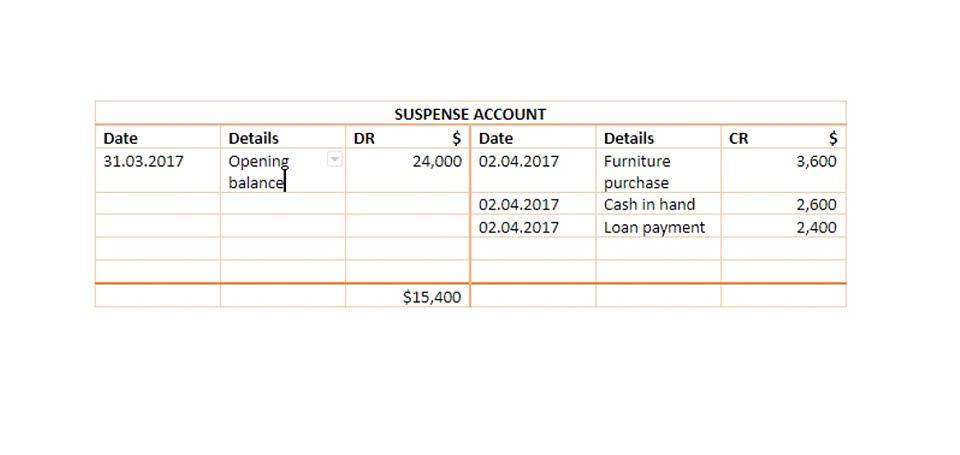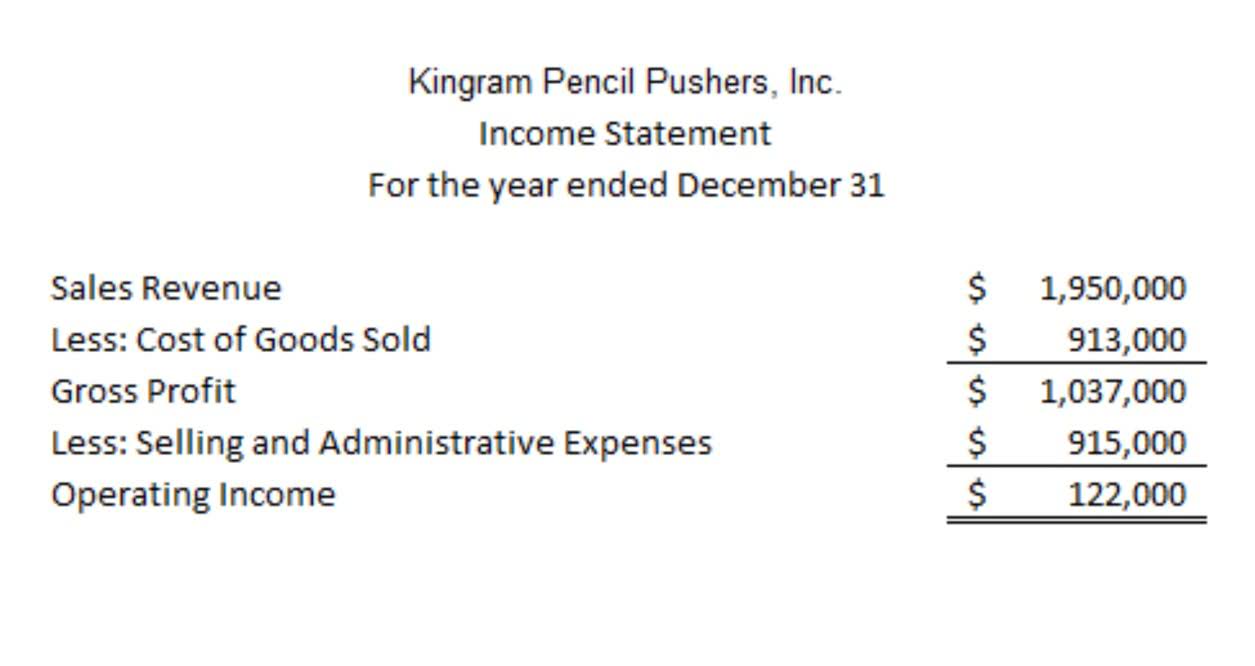
There are a few other deductions that can impact the size of your paychecks. If you pay for any benefits from your employer, such as health or life insurance, any premiums you pay will come out of your paycheck. Contributions you make to a retirement plan, oregon income tax rate like a 401(k), or to a medical expense account, like a health savings account (HSA), will also come out of your paycheck. That’s money that your employer removes from your pay before taxes are applied.

State payroll tax
Taxpayers who are blind Sales Forecasting or over 65 get an additional standard deduction of $1,200 for single filers and $1,000 per qualifying person for those filing a joint return. In 2025, the Oregon state income tax rates range from 4.75% to 9.90%. To e-file your Oregon and Federal income tax returns, you need a piece of tax software that is certified for eFile by the IRS. While most in-depth tax software charges a fee, there are several free options available through the states, and simple versions are also offered free of charge by most tax software companies. Statewide, the average effective property tax rate (annual property taxes as a percentage of home value) is 0.86%. Because of the inherently local nature of property tax collections in Oregon, rates vary significantly between counties.

Do the amounts entered in the wage and commission factor come from the federal return or the annual statement?
Every time you receive your Oregon paycheck, you may wonder how all those deductions and taxes affect your take-home pay. Understanding the components of your paycheck is essential to making the most of your hard-earned money. Oregon offers a range of tax credits to help reduce what you owe and keep more money in your pocket. Here’s a quick look at some of the most common credits and how they work. You can also compare the quantitative returns and tax savings of these different strategies using our ordinary income tax savings calculator and customize it to your own situation. The standard deduction, which Oregon has, is a deduction that is available by default to all taxpayers who do not instead choose to file an itemized deduction.
Oregon Income Tax Explained 2025
- Oregon has a 0.77 percent effective property tax rate on owner-occupied housing value.
- The mechanism of FICA taxation involves a dual contribution system where both the employer and the employee contribute a set percentage of the employee's income towards these programs.
- The individual qualifies for the $2,800 standard deduction, reducing their taxable income to $347,255, putting them in the 9.90% tax bracket.
- Income tax filers are not subject to corporation minimum excise tax.
- This means that neither state nor local authorities collect taxes on the sale of products or services.
For example, if a calendar year federal C corporation return is due April 15, the Oregon calendar year return is retained earnings balance sheet due May 15. If a calendar year federal S corporation return is due March 15, the Oregon calendar year return is due April 15. If a due date falls on a weekend or state holiday, the return is due the next business day. The income or loss of an S corporation is reported to each shareholder on federal form Schedule K-1. Whenever Congress creates new tax breaks, Oregon often ends up copying them automatically, without Oregon lawmakers having ever voted to approve them.

The federal income tax is a tax that the United States government levies on the annual earnings of individuals, corporations, trusts, and other legal entities. This tax is progressive, which means the tax rate you pay — the percentage of each additional dollar that goes to the government — increases as your income increases. For individuals, the income tax rates on ordinary income (as distinguished from capital gains) start at 10% and increase up to 37% as your income tax bracket increases.
- Retail sales taxes are an essential part of most states’ revenue toolkits, responsible for 24 percent of combined state and local tax collections.
- The federal standard deduction for a Head of Household Filer in 2021 is $ 18,800.00.
- The Tax tables below include the tax rates, thresholds and allowances included in the Oregon Tax Calculator 2024.
- For single filers, this is a 1.5% tax on income above $125,000 and 3% on income above $250,000.
- If you don't amend or send a copy of the federal report, we have two years from the date the IRS notifies us of the change to issue a deficiency notice.
- We’ve built a platform to give everyone access to the tax and wealth-building tools typically reserved for wealthy individuals with a team of accountants and lawyers.
The most commonly used business structure that is subject to corporate taxes is a C-Corporation. The 2020 tax rates and thresholds for both the Oregon State Tax Tables and Federal Tax Tables are comprehensively integrated into the Oregon Tax Calculator for 2020. This tool is freely available and is designed to help you accurately estimate your 2021 tax return. The 2023 tax rates and thresholds for both the Oregon State Tax Tables and Federal Tax Tables are comprehensively integrated into the Oregon Tax Calculator for 2023. This tool is freely available and is designed to help you accurately estimate your 2024 tax return. Oregon’s income tax brackets are high compared to most other states, and the state taxes most types of retirement income.
The federal standard deduction for a Head of Household Filer in 2020 is $ 18,350.00. The federal standard deduction for a Head of Household Filer in 2023 is $ 20,800.00. Tax exclusions are an amount of money or income that is not subject to taxation. Oregon has a graduated state individual income tax ranging from 4.75% to 9.9%, according to the Tax Foundation.

Federal Income Tax Tables in 2023

As a refundable credit, the EITC not only reduces the amount of tax owed but can also result in a refund if the credit exceeds the taxpayer's total tax liability. This makes the EITC a powerful tool for reducing poverty, incentivizing work, and providing financial support to those who need it most. The credit amount varies based on the taxpayer's income, marital status, and number of qualifying children, with the intention of providing greater assistance to families with children. The first thing to know about the state of Oregon’s tax system is that it includes no sales tax. This means that neither state nor local authorities collect taxes on the sale of products or services. Instead, the state generates revenue with a statewide income tax of 4.75% to 9.9%, ranking among the highest in the nation.
Oregon Property Tax
- Tax deductions are available for a wide range of expenses, such as charitable donations, mortgage interest, medical expenses, and business expenses.
- The 2025 tax rates and thresholds for both the Oregon State Tax Tables and Federal Tax Tables are comprehensively integrated into the Oregon Tax Calculator for 2025.
- Oregon has a graduated state individual income tax ranging from 4.75% to 9.9%, according to the Tax Foundation.
- Not coincidentally, business taxation has declined and tax rates for the superrich have collapsed.
- Married couples filing jointly pay this tax on wages that exceed $250,000, while married couples filing separately pay it on wages above the $125,000 threshold.
- For all of the tax forms we provide, visit our Oregon tax forms library or the 's tax forms page.
- Statewide, the average effective property tax rate (annual property taxes as a percentage of home value) is 0.86%.
In a graduated, or progressive, tax system like Oregon’s, the effective, or actual, tax rate you pay is a blend of tax rates. Federal and state income taxes can significantly reduce the wealth your family keeps every year. Fortunately, there are several strategies available to minimize these taxes. Read more here and check out our Guided Planner tool, where we’ll point you toward the strategies that might apply to you. Adding these amounts together, the individual would pay a total of $32,643.69 in Oregon state income taxes for 2025.












